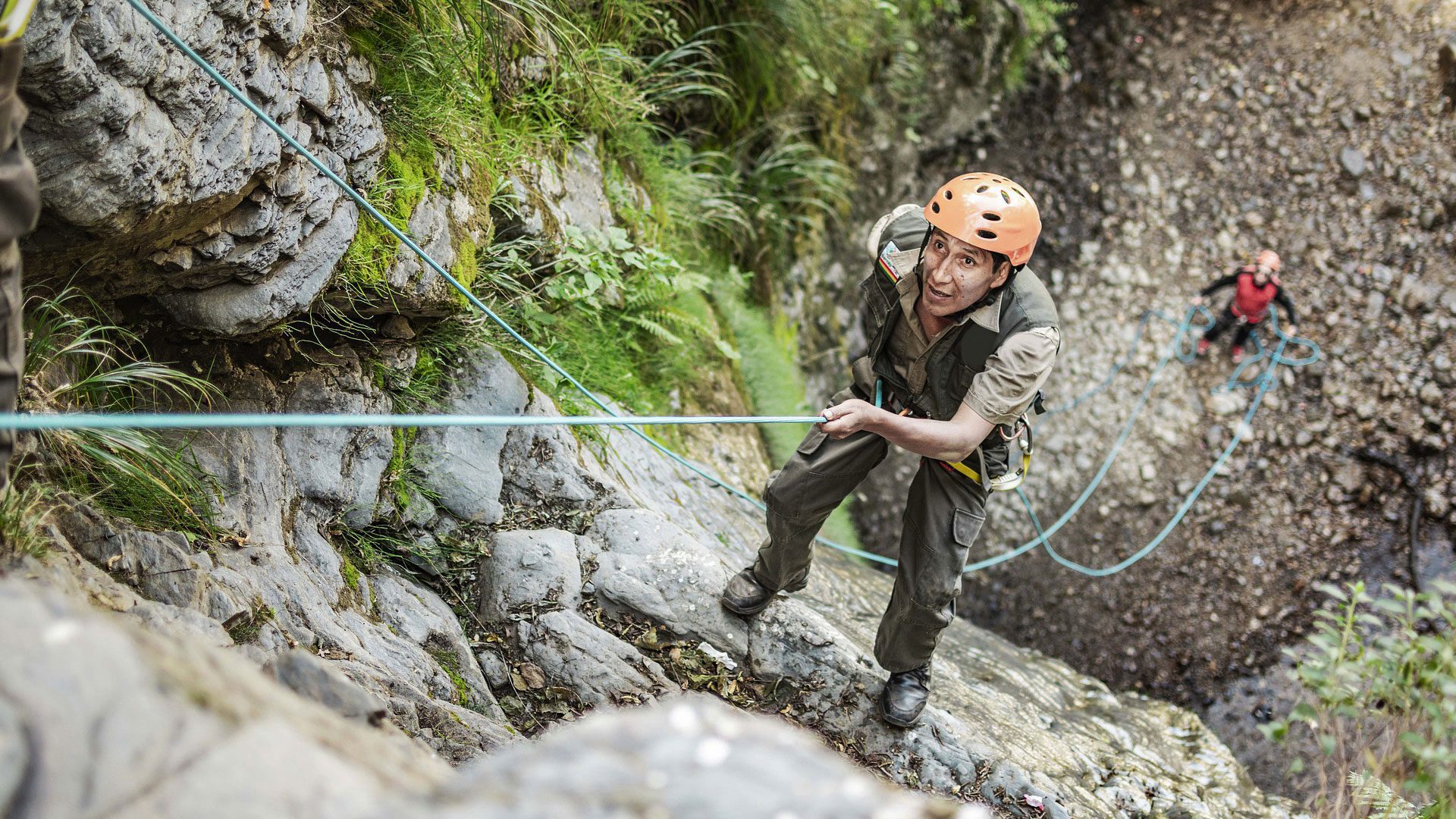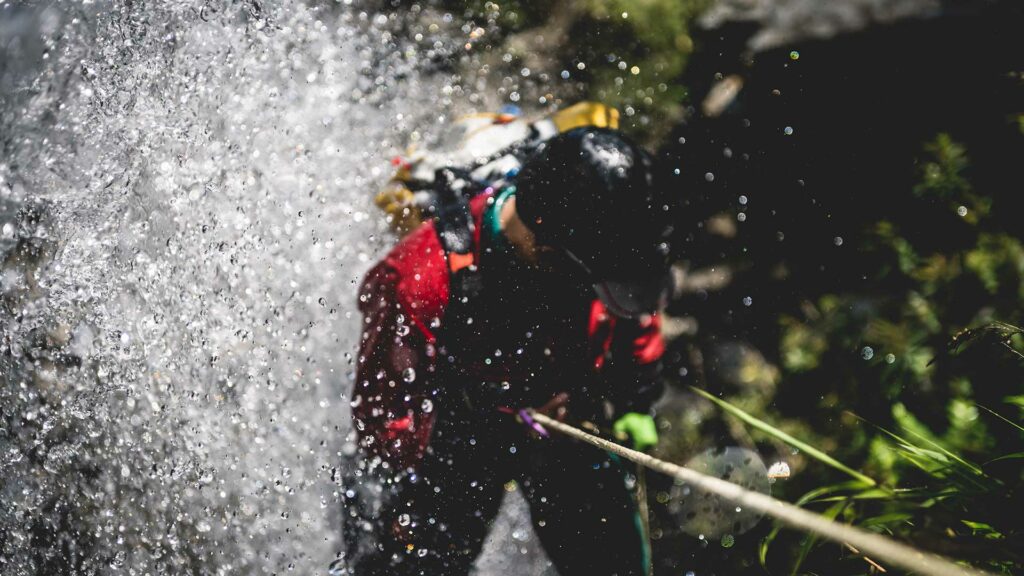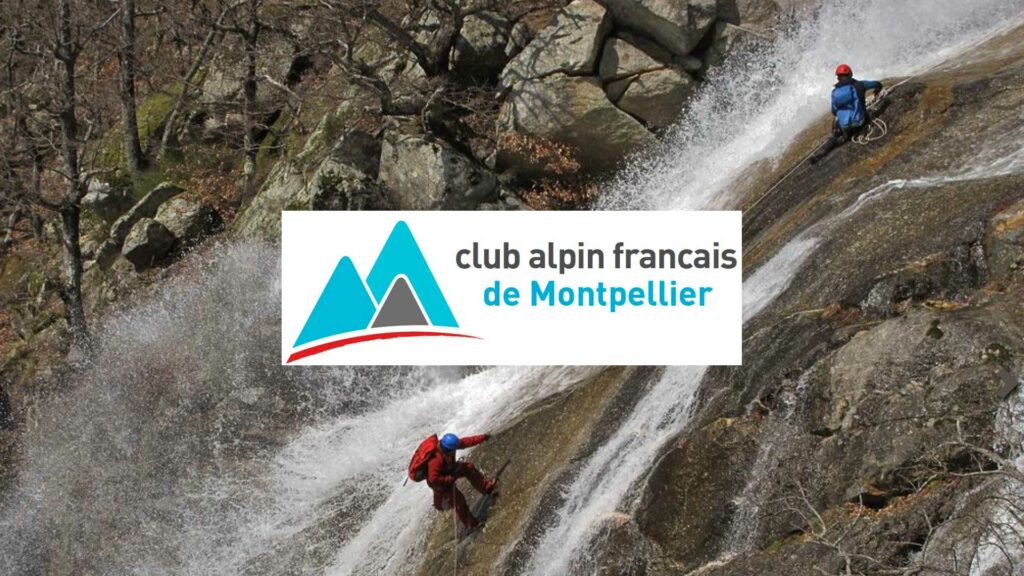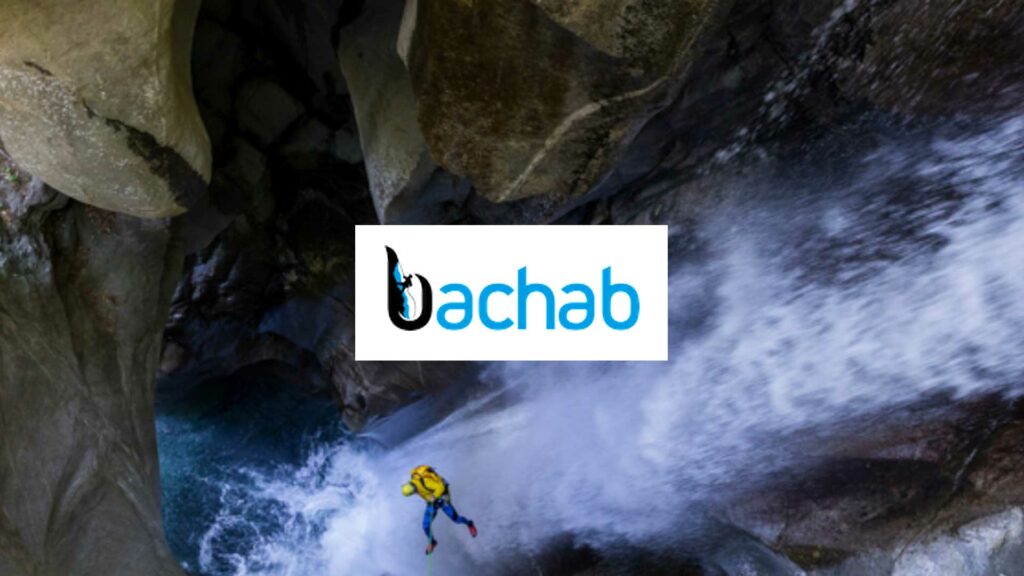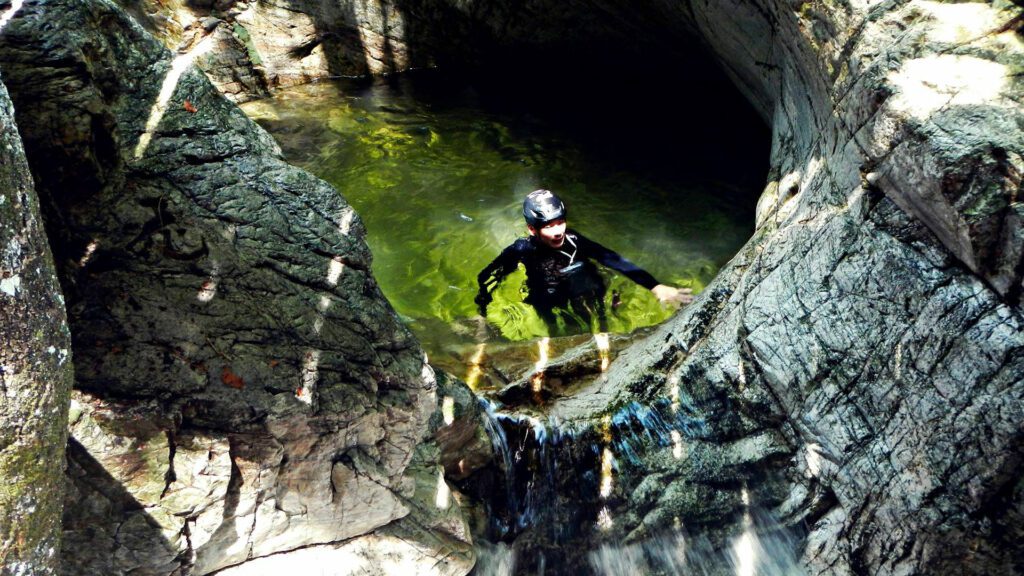S
Safety factor: the ratio between the Minimum Breaking Strength (MBS) and Safe Working Load (SWL) to provide a safety margin. It is expressed as a ratio (e.g. 8:1).
Safe Working Load (SWL): is the magnitude of load that does not permanently distort, weaken, damage or break equipment and includes a safety margin.
Self-belay: a belay system that requires the climber or abseiler to operate and does not use an independent belayer or auto-belay system. For example, abseiling with a prussik brake would involve a self-belay operated by the abseiler.
Single-pitch: a section of a natural surface or artificial surface that requires no greater than one length of rope to ascend, traverse or descend.
Siphon: where water passes underneath an obstruction. (Note that this differs to a sieve where the water passing through and around obstructions such as rocks, wood or other debris.)
Sports climbing: lead climbing where the belay system relies on permanent fixed anchors for protection. (Also see traditional climbing.)
Spotter(s): a person or persons who are spotting.
Spotting: a support process provided by a person, or persons, who offer physical protection of the head and upper body of a person should they fall.
Stated strength: the magnitude of load that is either the Minimum Breaking Strength (MBS) or Safe Working Load (SWL) marked on equipment or listed in manufacturer’s literature. Static rope: a specially constructed low stretch kernmantle rope, that has low elongation under load. The low elongation or ‘stretch’ under load is what makes the rope ‘static’. (Also see dynamic rope.)
T
Top belay:belaying a climber or abseiler from the top of a pitch.
Top-rope climbing: climbing where the belay system has its anchor or anchor system at the top of the pitch and uses either a top belay or bottom belay.
Traditional climbing: lead climbing where the belay system relies on anchors for protection that the climber places during the climb. (Also see sports climbing.)
Traverse-line:a belay system secured in a generally horizontal direction to allow horizontal movement.
Track-line: a line that guides the path of the abseilers descent. (For example, to divert the abseiler away from an obstacle or high water flow.)
Trigger point: a particular circumstance or situation that causes an action to occur.
U
Unprotected climbing: a form of climbing activity where a fall protection system or spotter is not used. (For example, rock scrambling).
V
V-Lower:a lowering technique controlled from above using a two to one haul system, that allows the rope to be released from what is lowered without having to unclip a connector. The release is completed by releasing one end of the rope and pulling the other, as the rope is free flowing through the connector that attached what was lowered to the haul system. Also known as a drop-loop or rolling lower.
Vertical canyoning: the descent, traversing and/or ascent of vertical or near vertical canyon surfaces, where fall safety cannot be achieved using spotting due to the fall height.
Via ferrata climbing: climbing where the safety system does not use a belayer and relies on a series of permanent fixed anchors that limit the distance a climber can fall.
W
Waiting areas: a location in which to wait prior to undertaking the activity, where it is reasonable for a person to not be required to use equipment to protect them from a fall from height.
Terms to be found here:
https://australianaas.org.au/wp-content/uploads/Canyoning-GPG-v1.0.pdf


